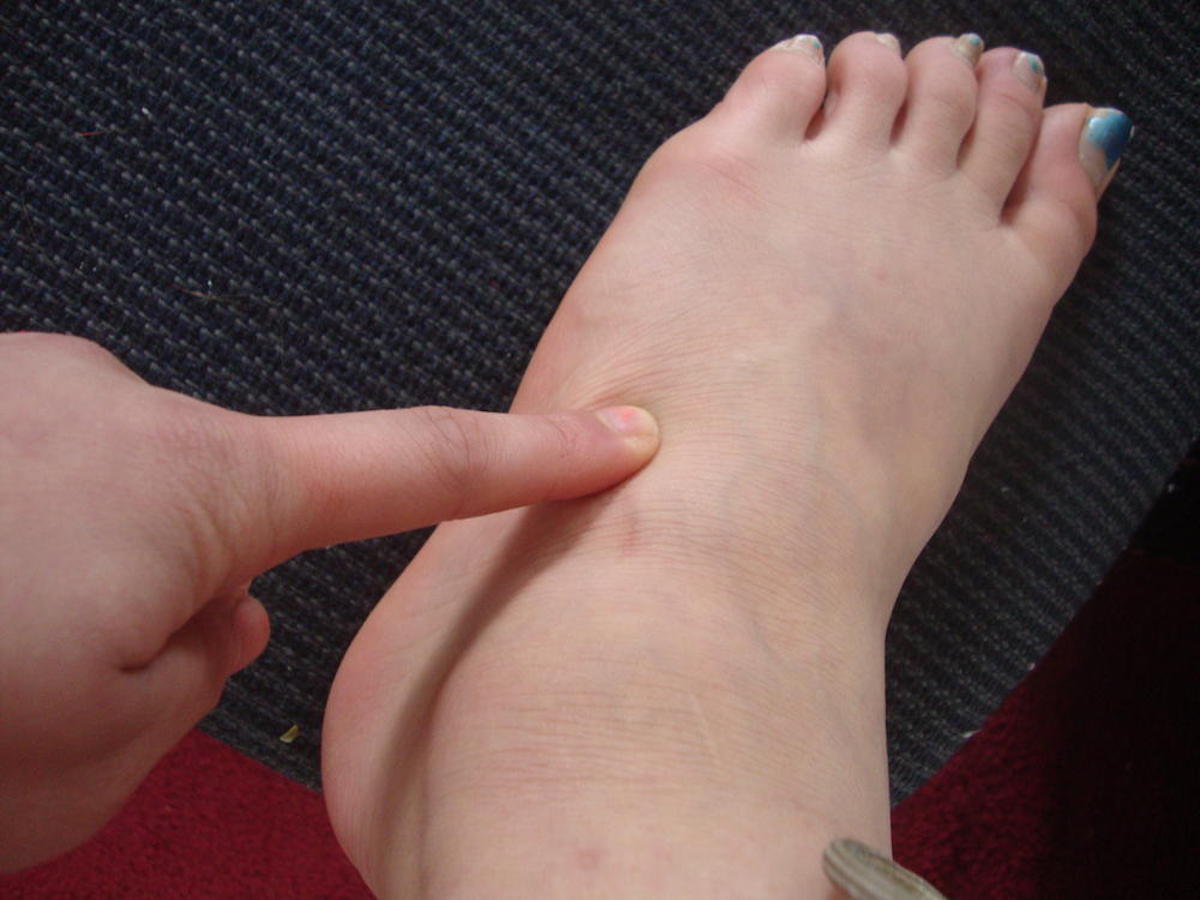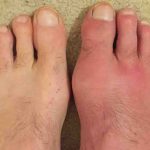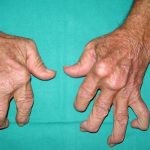Swelling & Inflammation
Any inflammation associated with a heel spur will be at the front of the heel. When the spur worsens over time, the arch will also swell and become inflamed. The skin may feel tender and hot to the touch. You may also notice some redness.

Should you visit the doctor, they will often check for swelling around the plantar fascia and heel immediately by gently palpating the area. If any inflammation is found, your doctor will probably recommend that you take anti-inflammatory medicine, such as NSAIDs, like ibuprofen. Sometimes, if the inflammation and pain that results from the swelling is unbearable, you have the option of getting an injection.
To reduce swelling, you can also treat a heel spur with ice. Freeze a gel pack or put ice cubes in a plastic Ziploc bag then wrap it in a towel before resting your heel on the pack. Apply ice for no longer than 30 minutes in a single sitting and attempt to re-ice your heel spur frequently, about every 2-3 hours.
More from Things Health
-
Symptoms of Gout
Gout is a form of inflammatory arthritis characterized by recurrent attacks of a red, tender, hot, and swollen joint. Pain typically comes on rapidly in…
-
Symptoms Of Ovarian Cancer
Ovarian cancer is often referred to as a quiet disease as it usually isn't discovered until it is in the advanced phases. In nearly all…
-
Symptoms Of Epilepsy
Epilepsy a neurological disorder marked by sudden recurrent episodes of sensory disturbance, loss of consciousness, or convulsions, associated with abnormal electrical activity in the brain.…
-
Symptoms Of Rheumatoid Arthritis
Rheumatoid arthritis is a chronic autoimmune illness, which accompanies irritation of the joints and apparent deformities. Maybe a virus, causes an attack on the synovium…
-
Symptoms Of An Ulcer
A peptic ulcer is an open sore in the top digestion tract. Both primary kinds of peptic ulcers, a gastric ulcer, which forms in the…

















